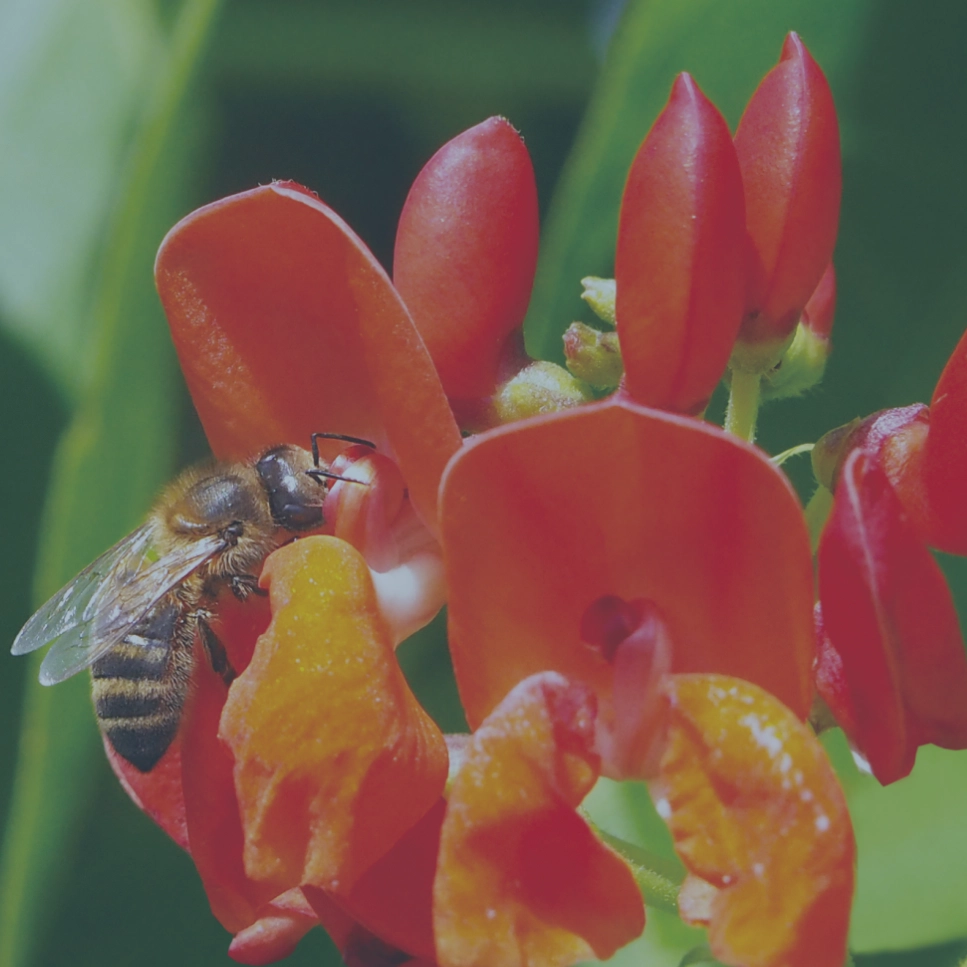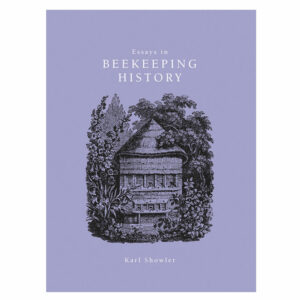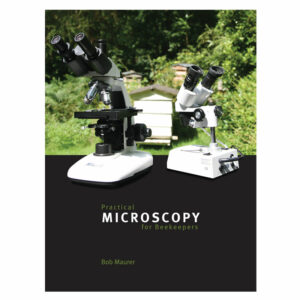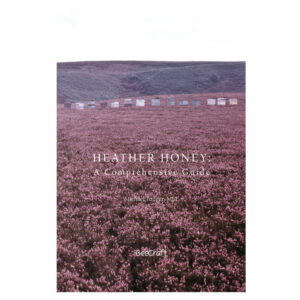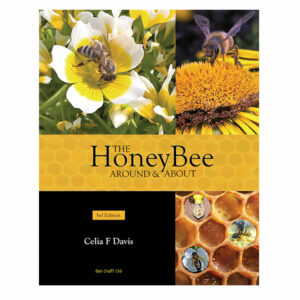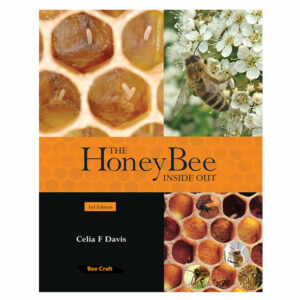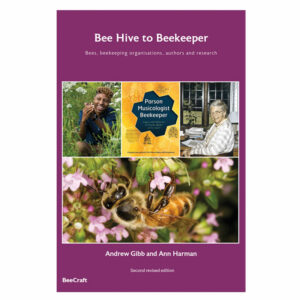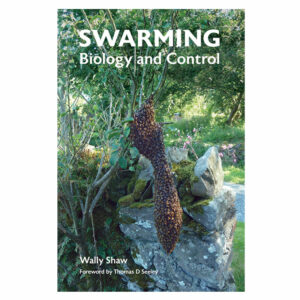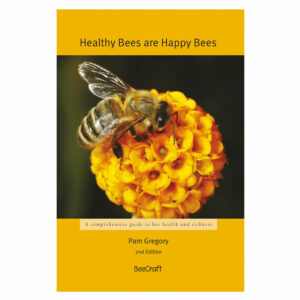A collection of essays exploring the history of beekeeping in Europe and North America.
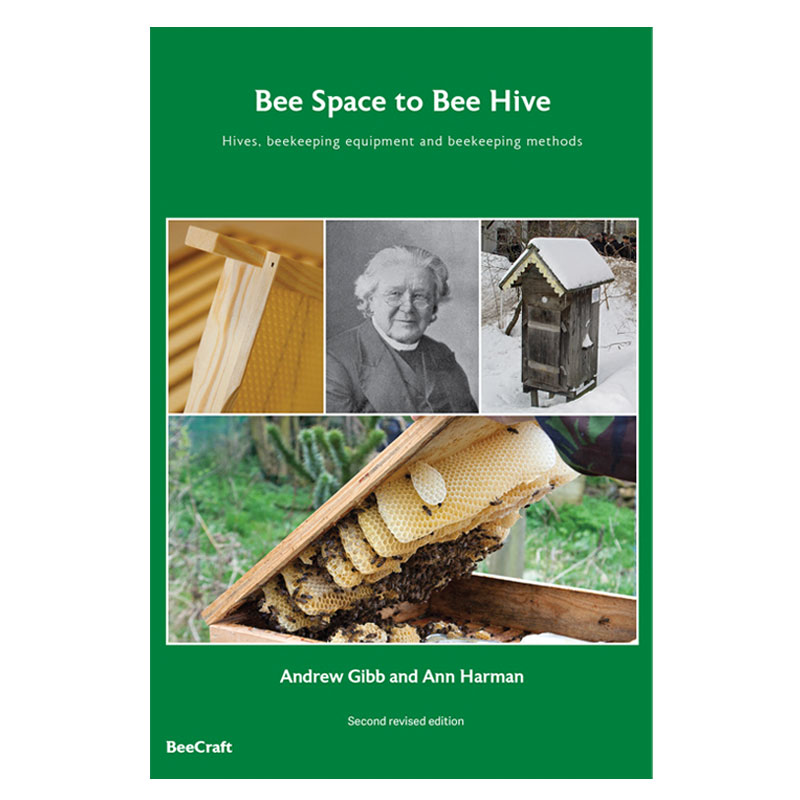
Bee Space to Bee Hive
A fascinating insight into how beehives, beekeeping equipment and beekeeping methods have developed over the centuries.
£35.00
This book provides a fascinating insight into how beehives, beekeeping equipment and beekeeping methods have developed over the centuries. Lengthy observation enabled the discovery of the importance of bee space by Rev LL Langstroth and, after this discovery, the ingenuity of many beekeepers has solved numerous problems associated with colony management.
Since then, many well-known individuals have adapted these ideas and creations, including Warré, Pagden, Snelgrove, Hoffman and Manley.
BeeCraft Shop orders and magazine subscriptions can be delivered anywhere in the world. Our website will calculate the appropriate postage charge based on the weight of your order and the delivery location. Postage and packaging fees will be added to your order in the checkout area.
Items are usually delivered within five working days; this is subject to bank holidays and Bee Craft office closures. At the moment Bee Craft does not offer next day delivery but, if you need your item(s) quickly, contact [email protected] and we can investigate possibilities. This does not apply to magazine subscriptions.
If you are ordering goods for delivery outside of the UK, please note that your order may be subject to import duties and taxes which are levied once the goods reach the country of destination. Any such charges levied in relation to customs clearance must be paid by you. It is accepted by you that Bee Craft has no control over additional charges in relation to customs clearance. Any charges for import clearance will be paid by you, the customer.
If your delivery address is different to your billing address, please provide this information in the checkout. Should you wish to have items sent to multiple addresses, please create one order per address. Please note that any delivery charges will be applied to each individual order.
If your delivery is overdue or there has been a mistake with your order, please email [email protected].
We hope you are entirely satisfied with your purchase but, if not, we will do our best to put it right.
You can email us at: [email protected]. Or write to us at: BeeCraft, 23 King’s Road, Tonbridge, Kent, TN9 2HB.
Faulty or damaged goods will be replaced where possible at no cost to you or refunded in full.
Please contact us to agree how best to return the item for replacement. Returns postage will be paid by us.
• Unwanted goods, other than magazine subscriptions, can be returned for refund.
• Contact us first to obtain a return address.
• Returns must be made within 14 days of delivery unless we have notified you otherwise.
• The item(s) must be returned in the original packaging and with any enclosed documentation.
• The item(s) must be in their original, unused condition.
• The cost of returning the item is your responsibility and the item is your responsibility until it reaches us.
• Enclose a note with the item giving the reason for the return.
• We will refund the total amount less the cost of our original delivery charge.
Magazine subscriptions can only be refunded if the first issue has not yet
been processed for dispatch.
If you wish to cancel your subscription with immediate effect and receive no more copies, we can arrange to have your copy dispatched to another address (you may wish to have it delivered to your local beekeepers’ association or to a fellow beekeeper). We will not normally issue refunds for part subscriptions.
A Direct Debit to Bee Craft Limited can be cancelled at any time by the subscriber and any refund will be made in line with the terms of the Direct Debit scheme. However, if the subscriber fails to cancel the Direct Debit, any refund will be at the discretion of Bee Craft Limited and an administration fee will apply.
Subscribers can cancel their Direct Debit in the subscriber area of our website or directly with their bank.
Your statutory rights are not affected by this policy.
Explore our range of books
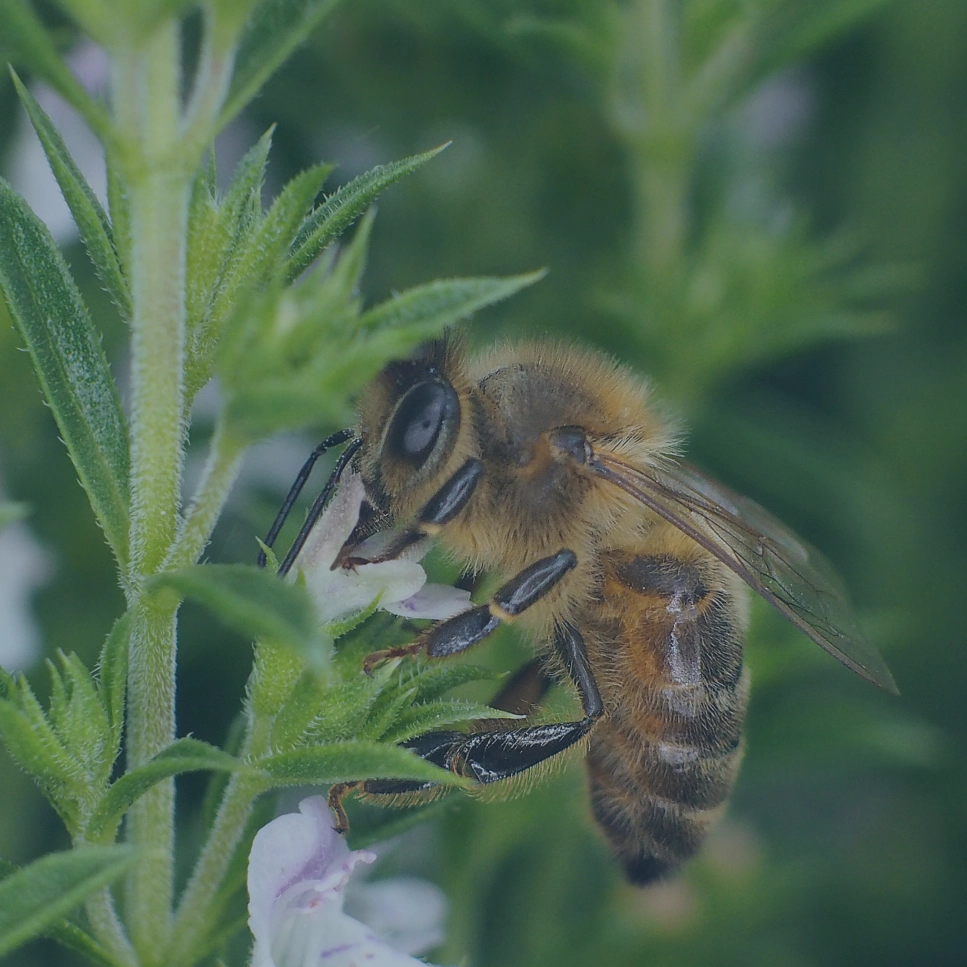
Subscriptions

Digital booklets
